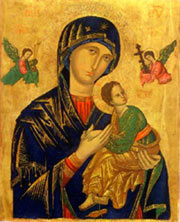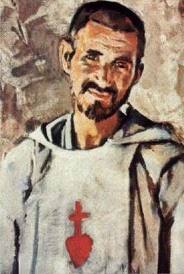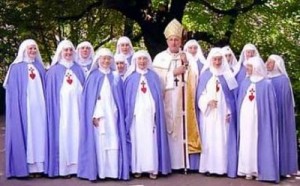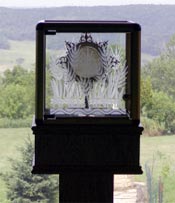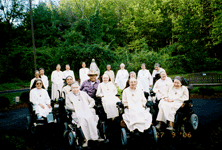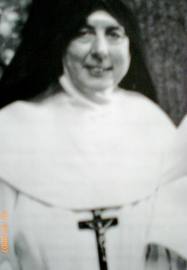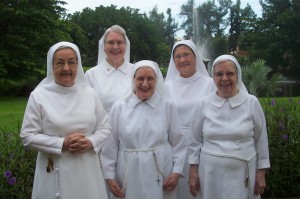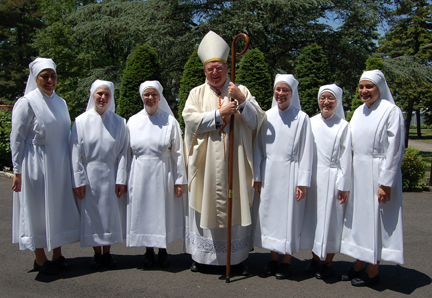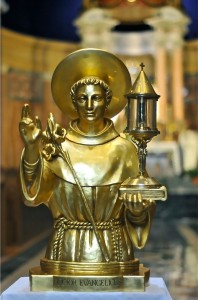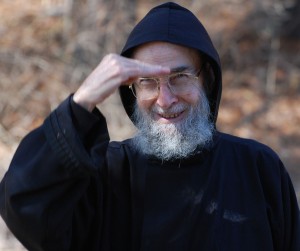 A priest and friend of the IRL from the Maronite Monastery in Petersham, Massachusetts, recently sent us a picture of a beloved confrere who died (or as the ancient monastic saying has it was “perfected”) on June 3, 2013. He was by all accounts everyone’s favorite, a lovely and holy priest. The picture says it all. May he rest in peace.
A priest and friend of the IRL from the Maronite Monastery in Petersham, Massachusetts, recently sent us a picture of a beloved confrere who died (or as the ancient monastic saying has it was “perfected”) on June 3, 2013. He was by all accounts everyone’s favorite, a lovely and holy priest. The picture says it all. May he rest in peace.
As an Eastern Rite Church, the Maronites are a beautiful example for the Church to take inspiration from today. They are and always have been in full communion with the Catholic Church. Despite persecution, their belief in the teachings of the Church and in the authority of the Chair of St. Peter have never wavered. Over 350 Maronite monks were martyred in 517 A.D. for their defense of the decrees of the Council of Chalcedon (451) which defined Jesus as “true God and true Man.”
The ancient roots of the Maronite Church are quite amazing. The early Maronites were descendents of the people who received the gift of Faith from Saint Peter himself. The Maronite Patriarch resides in Antioch which is where the early followers of Jesus were first called Christians (Acts 11:26). According to Eusebius, St. Peter founded the Church at Antioch and became its first bishop. Aramaic, the language spoken by Jesus, is still the liturgical language of the Maronite Church.
The cloistered, contemplative Maronite Monks of the Most Holy Trinity in Petersham were founded in 1978 and are dedicated to a life of prayer and Eucharistic Adoration. “The particular goal of the Maronite Monks of Most Holy Trinity is to participate in the hidden and suffering life of Jesus Christ. The spirit of the community is especially to consist in this: that it is joined to Christ as a body appropriated by Him in His love and adoration of the Father and pouring out of Himself in love for His brothers.”
On the Feast of St. Peter and St. Paul, the Maronites pray in the Divine Liturgy: “O Lord, preserve your children from all error or deviation, grant us to live and die proclaiming: ‘Our faith is the faith of Peter, the faith of Peter is our faith!’” May we today have the faith and courage of the early Maronites!
